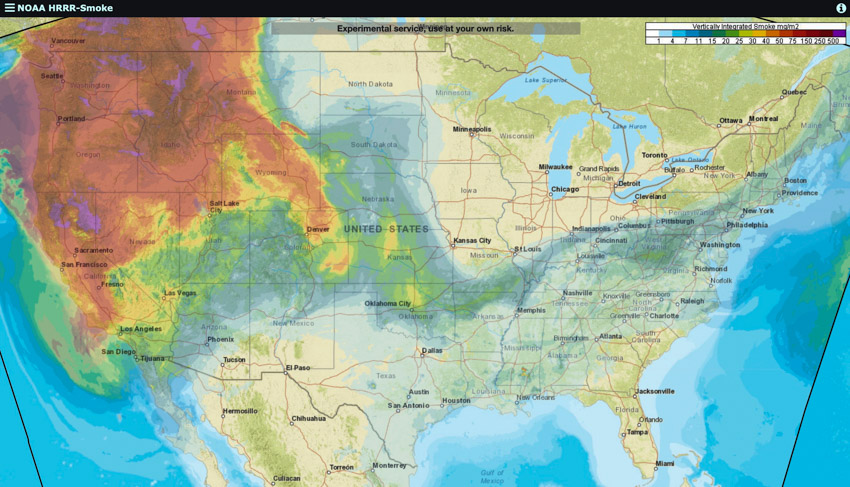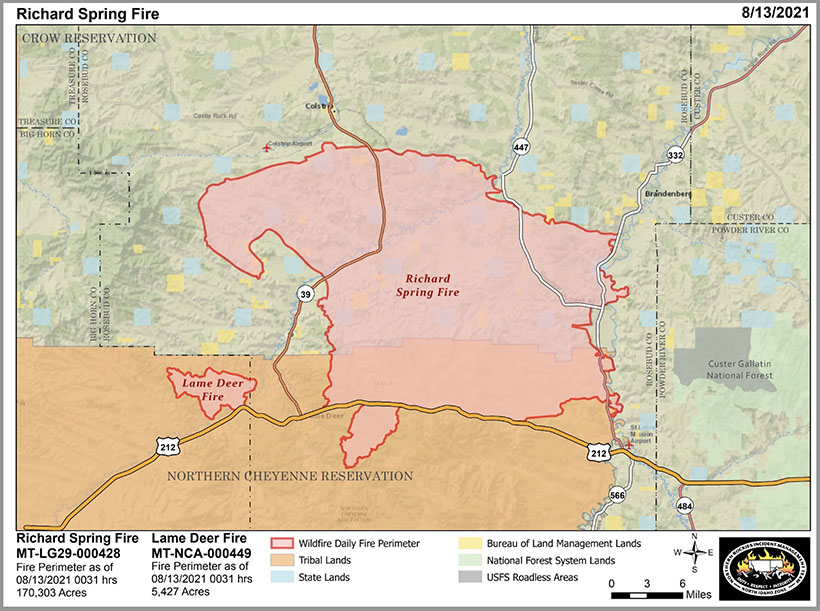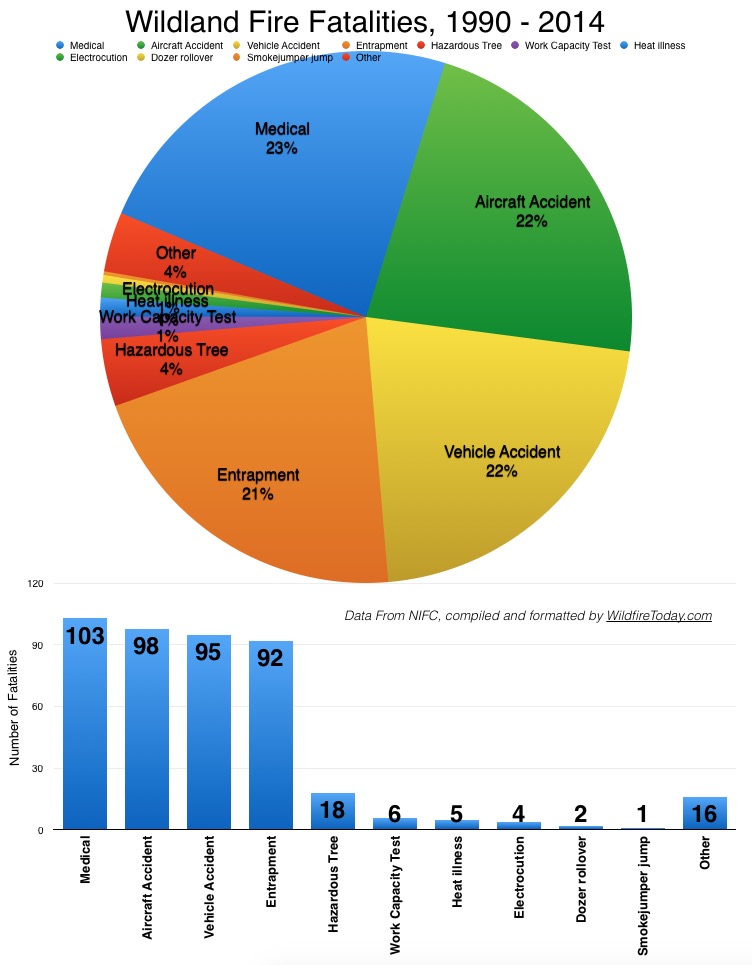9:29 a.m MDT August 14, 2021
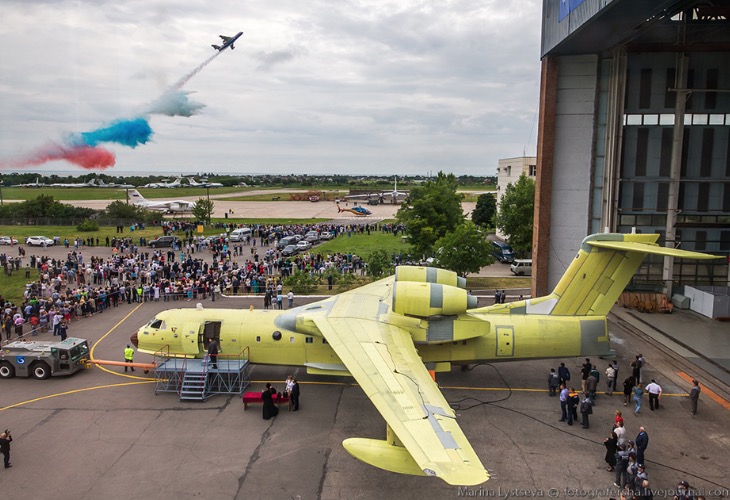
(This article was first published on Fire Aviation)
The Russian Defense Ministry has confirmed that a Beriev Be-200 air tanker crashed in Turkey Saturday. There was no immediate word on the condition of the five Russian army personnel and three Turkish officers that were on board.
A low resolution video (below) showed what may have been the aircraft dropping water then continuing toward what appeared to be rising terrain.
The aircraft was being leased from Russia and went down near Adana, the Russian Defense Ministry said.
The Turkish state news agency Anadolu reported that rescuers who rushed to the scene had video footage showing plumes of smoke from the site.
Beriev began manufacturing the Be-200 in 2003. It is one of the few purpose-built air tankers, designed primarily for fighting wildland fires. The aircraft can land or take off on water or land, and the firefighting version can scoop water to refill its 3,000-gallon tanks. It can be converted to haul passengers or serve as a search and rescue aircraft, landing on water to retrieve victims if necessary.
Roughly 10 years ago U.S. Forest Service employees traveled to Taganrog, Russia the home base of the Beriev company, to conduct tests to determine if the Be-200 could be approved by the Interagency Airtanker Board (IAB). At the time, we heard unofficial reports that it met the criteria for water-scooping air tankers, but tests were not completed for dropping fire retardant.
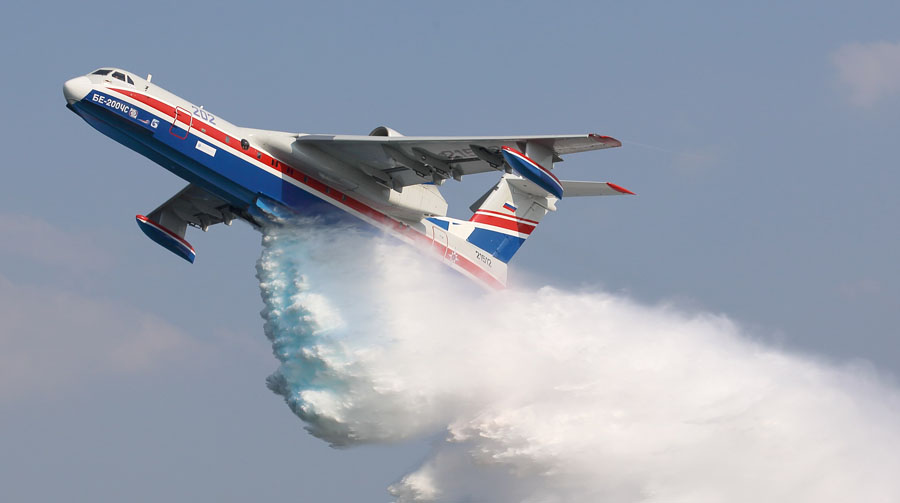
Thanks and a tip of the hat go out to Tom.

